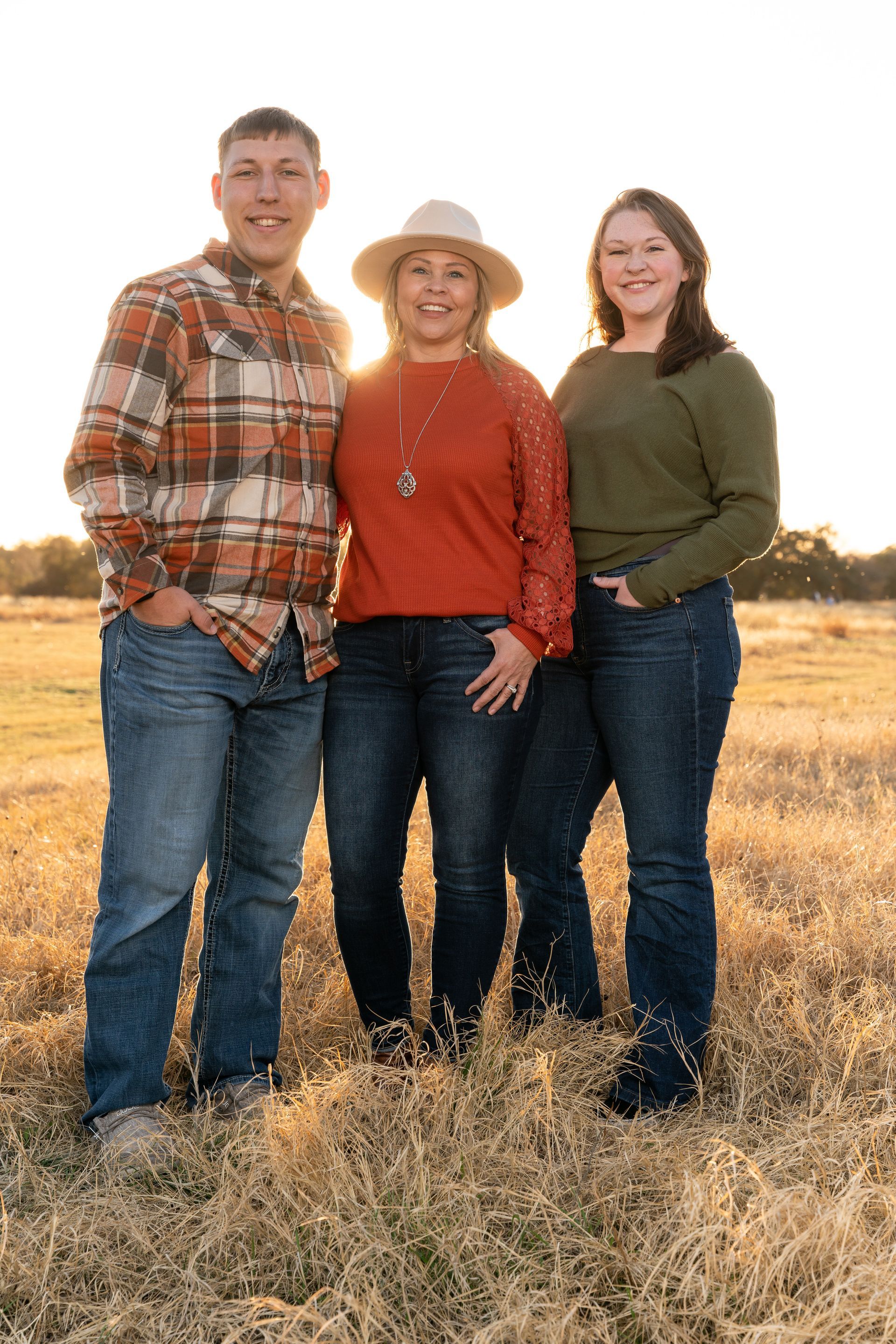The Importance of Composition in Photography

Composition
Composition is a critical aspect of photography that has the power to make or break an image. While technical skills such as lighting and exposure are important, it is the composition that allows a photographer to convey a story or message through their work. In this post, we'll delve into the importance of empty space in the frame, the rules of thirds, framing someone close to the edge, tilting the camera, and leading lines and framing.
Empty Space in the Frame
Empty space, also known as negative space, is an often-overlooked aspect of composition. The purpose of empty space is to give a subject room to breathe and draw the viewer's attention to it. It also provides a sense of balance and harmony to the image. Empty space can be achieved by leaving a portion of the frame unoccupied, or it can be created through the use of background elements such as a clear sky or a solid-colored wall.
When using empty space, it's essential to consider the subject's placement within the frame. The subject should be positioned in such a way that the empty space enhances the image, rather than detracting from it. This can be achieved by placing the subject off-center and allowing empty space to occupy the majority of the frame.
The Rules of Thirds
The rules of thirds is a fundamental aspect of composition that states that an image can be divided into nine equal parts using two horizontal and two vertical lines. The idea behind the rules of thirds is to position the subject or key elements along these lines or at the intersections of them. By doing so, the image becomes more balanced and visually appealing.
When applying the rules of thirds, it's important to remember that it's not a strict rule. It's merely a guideline to help you create a more balanced composition. However, it's a useful tool for new photographers as it provides a structure for composition that can help improve the overall aesthetic of their images.
Framing Someone Close to the Edge
Framing someone close to the edge of the frame can create a closed-off mood, making the subject feel isolated or cut off from the rest of the world. This technique is often used to create a sense of unease or to draw the viewer's attention to the subject. When framing someone close to the edge, it's important to pay attention to the background elements and make sure they don't overpower the subject.
Tilting the Camera
Tilting the camera can add a sense of fun or even unsettling to an image. A tilt can make a subject appear to be off-balance or create a sense of movement, adding interest to the image. When tilting the camera, it's important to pay attention to the lines in the frame and make sure they don't become distorted or distracting.
Leading Lines and Framing
Leading lines are elements in the frame that lead the viewer's eye to the subject. They can be created through the use of lines in the background, such as roads, fences, or railings, or through the use of foreground elements, such as trees or buildings. Leading lines are a powerful tool in composition as they provide a visual path for the viewer's eye to follow, leading them to the subject.
Framing is another aspect of composition that can enhance an image. Framing refers to using elements in the foreground to enclose the subject and create a sense of depth and perspective. Framing can be achieved through the use of trees, windows, or doorways, to name a few examples.
Conclusion
In conclusion, composition is a critical aspect of photography that has the power to enhance an image and convey a story or message. By understanding the importance of empty space in the frame, the rules of thirds, framing someone close to the edge, tilting the camera, and leading lines and framing, photographers can elevate their work and create images that are visually compelling and emotionally impactful.
However, it's essential to remember that these techniques are just guidelines and should not be followed blindly. The most important thing is to have an understanding of why certain techniques are used and how they can be applied to your own work. Photography is an art form, and as such, there are no set rules. So, don't be afraid to experiment and find your own unique style.
In the end, the key to great composition is to pay attention to the elements in the frame and how they interact with each other. By taking the time to analyze and understand the relationships between the elements in the frame, you can create images that are aesthetically pleasing and emotionally impactful.
So, the next time you're out shooting, remember to pay attention to the composition of your images. Experiment with empty space, the rules of thirds, and other techniques, and see how they can enhance your work.
Commercial Photography
With our experience photographing food, products, storefronts, and services, we'll help your Austin, TX business get the attention it deserves.
Got the best tacos in Texas, and just need to get customers in the door? We'll help your food move with mouth-watering imagery.
Got a beautiful product that needs to pop in your marketing? We'll help it fly off your shelves.
Learn more about our Austin commercial photography.


Other Austin Area Photography Services
Learn more about photography and articles about planning your photography event.
Austin Photography Resources
All Rights Reserved | Saturn Photography - Austin Photographers









